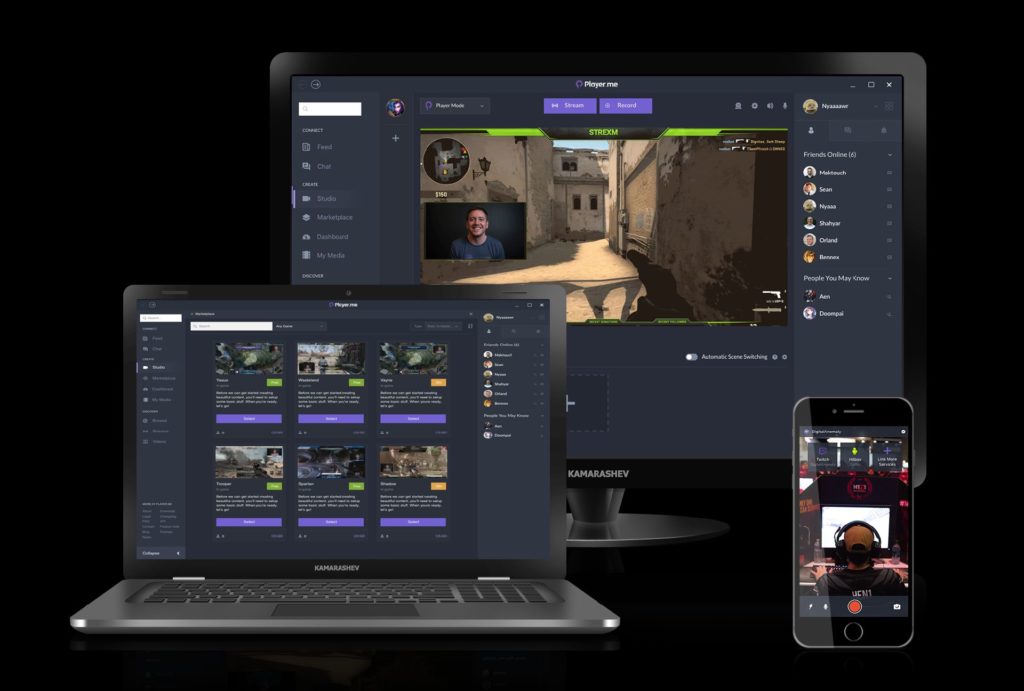Emoticast, which is behind the TuneMoji apps and bots that puts music GIFs with sound into messaging, is expanding the ways mobile users can send entertainment content across the world’s biggest messaging platforms, including iMessage, Facebook Messenger, WhatsApp and Kik.
The company enables mobile users to send snackable music GIFs with sound from today’s top artists and has produced original content working directly with Bruno Mars, Ed Sheeran and other artists. Emoticast has global licenses with major music industry labels Universal Music Group and Warner Music Group, and with major publishing groups Sony ATV, Warner Chappell Music, Universal Publishing Group, Sony BMG Music Entertainment and PRS/Impel. The company is also widening its focus on entertainment messaging content beyond music GIFs to film and television.
Emoticast founder and CEO James Fabricant told [a]listdaily that communication is the biggest market on the planet.
“As the head of video and entertainment for MySpace International, I was lucky enough to have a front-row seat for the shift from email to social networking, so I was very cognizant of the two major shifts happening in communication,” Fabricant explained. “The first was a shift from social networking to social messaging—last year the top four social messaging apps overtook the top four social networks. The second was a move away from text to more visual forms of communication—emojis, stickers, GIFs and now GIFs with sound (and music). Today, more than 50 billion messages are sent daily on social messaging platforms.”
Those numbers have attracted some big names from Silicon Valley and the music industry. Emoticast has just closed a $5 million super angel round led by Napster co-founder Sean Parker, producer and Black Eyed Peas co-founder will.i.am, DJ and producer David Guetta; former Maker Studios CEO Ynon Kreiz; Jason Epstein, board member for Rhapsody International, parent company of Rhapsody and Napster; Nicole Junkermann through Montilla International Corporation; and Alan Cannistraro, the Godfather of apps.
Fabricant said the company will use the investment to continue to grow its partners in music and other entertainment fields, to increase original content collaborations with artists, and to expand its messaging partner network. He said the idea for TuneMoji sprang from two other popular brands—Coke and Universal Music.
“I heard about a Universal Music campaign with Coke called ‘Say It With A Song,’ which put lyrics on Coke cans that were a message, such as ‘Call Me Maybe’ for which you could scan a QR code and send a clip of the music video,” Fabricant said. “The campaign exploded, demonstrating that kids want to use music to express themselves and communicate with their friends. It occurred to me—what if you could transform music from entertainment into communication? And that’s essentially what we do. TuneMojis are entertaining, yes, but their primary use is to communicate a message. At the same time, in Japan, Line was starting to sell packs of stickers (static illustrations) for $3, so it was clear there was a path to monetization. By now, they’re making $300 million a year selling stickers. It was a no-brainer!”
Fabricant said TuneMoji makes it easy for iOS and Android consumers to share snackable music, film and TV content to the world’s biggest social messaging platforms, including iMessage, Facebook Messenger, WhatsApp and Kik, as well as via TuneMoji bots on Kik, Viber and Telegram.
“We’re the first company to introduce specially formatted music and entertainment GIFs (with sound) to the market,” Fabricant said. “There’s now no need to scrape music and video sites, share links or pirate content.”
Before TuneMoji, consumers would have to go to YouTube or some other video platforms to rip and edit the snippet they wanted, save it to their camera roll and then use social messaging.
“TuneMoji is that platform,” Fabricant said. “Also, now with the death of Vine, a lot of the creative class that lived on there has started created content for TuneMoji, which is awesome.”
Despite the abundance of digital content out there, Fabricant said platforms are struggling to include licensed music and entertainment content in their mobile messaging services.
“At first glance, it might be tempting to make a comparison to some of the platforms that distribute GIFs and animated stickers, but we’re in a different category,” Fabricant said. “What Emoticast is doing goes far beyond GIFs or emojis. We’re taking it to the next level, with the type of snackable entertainment content that we’re bringing to users, and positioning the company to become the micro-YouTube for messaging based on premium licensed content.”
Today, all of Emoticast’s products are free to its users, and the company monetizes via brand partnerships.
“We found that corporations are just now realizing that social messaging platforms are where their customers live,” Fabricant said. “They’re eager to have their brand associated with cool music GIFs in this space, which is otherwise very difficult to penetrate.”
The company is marketing TuneMoji through the talent that’s investing in it and the artists being featured. Fabricant said this month Snoop Dogg will embark on a creative collaboration with TuneMoji through Kik.
“We’re working on an original creative collaboration with Snoop and WB Records that is a world’s first,” Fabricant said. “It’s an exclusive collaboration with Kik in April featuring Snoop Dogg, where the artist will take over TuneMoji’s bot and empower users to express themselves by sharing custom Snoop music GIFs. It will be one of our first partnerships.”
Ultimately, Fabricant believes it’s the artists, actors and talent from the music, film and television industries that will help propel the TuneMoji brand with millennials.
“We appeal to very passionate audiences who are plugged into what’s current in music and entertainment,” Fabricant said. “Emoticast brings the universe of popular culture into the chat stream through snackable music, film and TV content across the world’s biggest messaging platforms, including iMessage, Facebook Messenger, WhatsApp, Kik, Viber and Telegram.”
Fabricant said Emoticast has hundreds of thousands of users and millions of TuneMojis sent. The plan is to grow this audience by expanding its distribution through partnerships with messaging platforms, dating apps and beyond.
“We’re growing through the combined effect of adding more users and increasing their engagement and retention,” Fabricant said. “The most effective ways we found to add users are viral (our music GIFs are branded, inviting the recipient to download the product to reply) and via brand partnerships which can boost our customer base in specific geographies where they operate.”
Emoticast is also attracting new audiences as it expands its content offering with each new set of rights it acquires from entertainment companies, and as it integrates more closely with social messaging platforms to become native to the messaging experience.
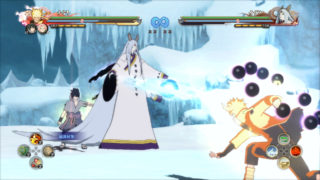
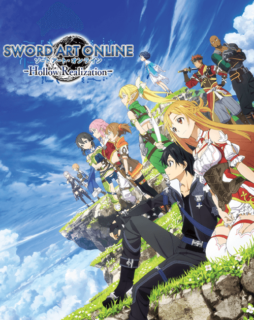 How do you let fans know when a new game is releasing when they’re consuming content digitally and there may not necessarily be commercials?
How do you let fans know when a new game is releasing when they’re consuming content digitally and there may not necessarily be commercials? [Akana]: I think that speaks to how far the anime genre has come. We able to work with these traditional retailers, not just from an IP standpoint, but from a genre standpoint. If we had thought of that five or six years ago, they probably wouldn’t have agreed to do that. Now, the anime genre has become synonymous with the current generation of 18-30-year-olds (millennials)—they consume the content that these brick-and-mortar stores want to promote.
[Akana]: I think that speaks to how far the anime genre has come. We able to work with these traditional retailers, not just from an IP standpoint, but from a genre standpoint. If we had thought of that five or six years ago, they probably wouldn’t have agreed to do that. Now, the anime genre has become synonymous with the current generation of 18-30-year-olds (millennials)—they consume the content that these brick-and-mortar stores want to promote.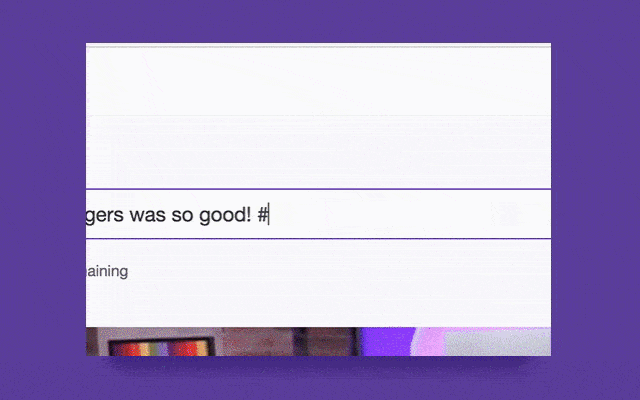
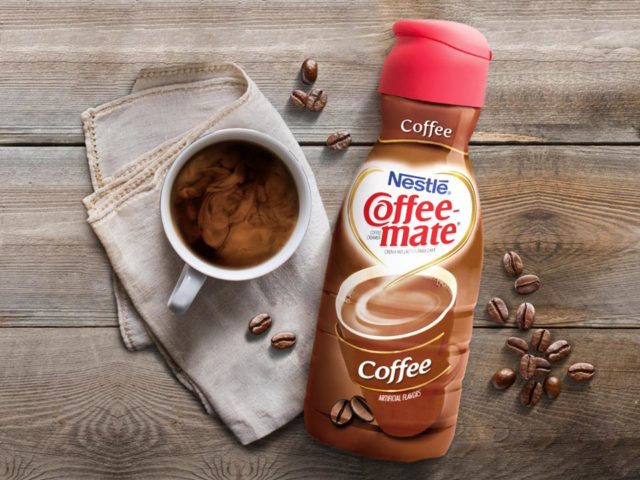
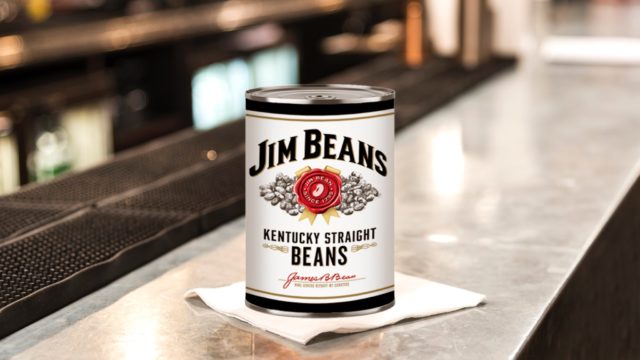



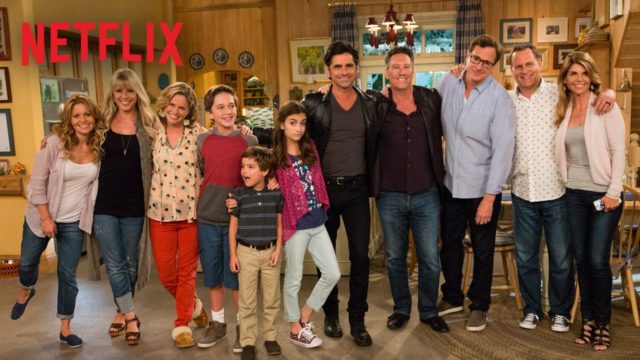


 Will there be cross-promotion between the two games?
Will there be cross-promotion between the two games? Family Guy is entering its 15th season. What do you think has kept fans engaged with it for so long?
Family Guy is entering its 15th season. What do you think has kept fans engaged with it for so long?
